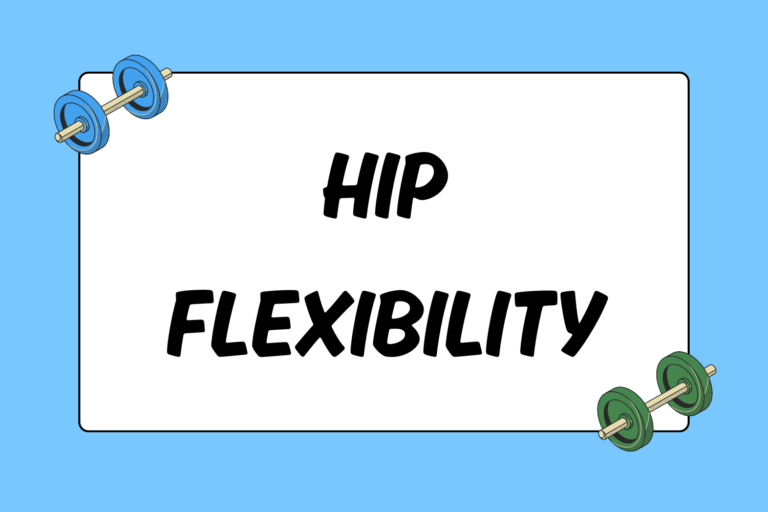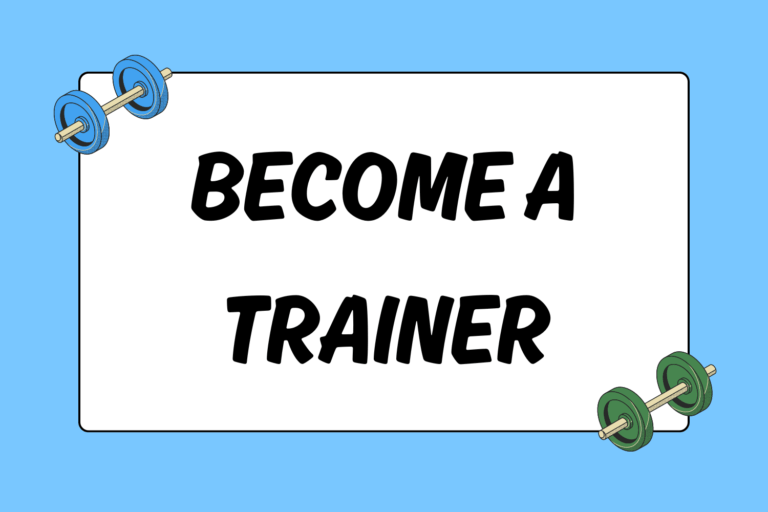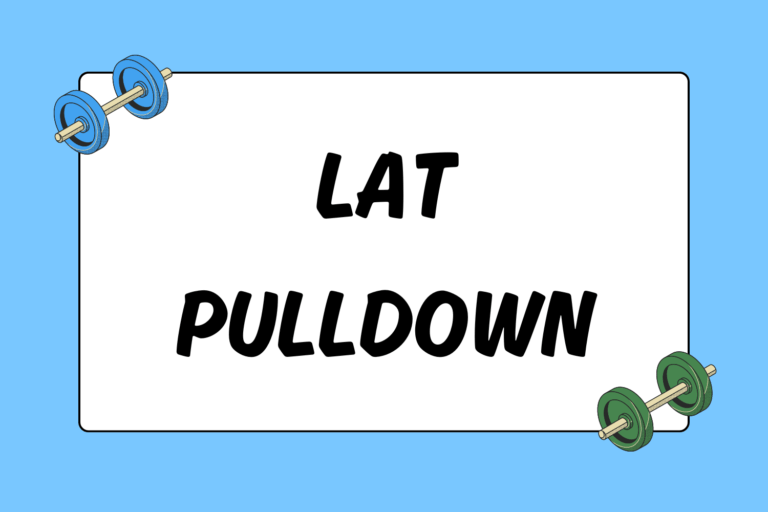They may look like noodles for your pool, but the use of foam rollers to perform self-myofascial release (SMR) techniques has greatly increased over the past few years. A foam roller is a cylinder made of hard-celled foam that measures six inches in diameter and comes in a variety of lengths depending on your needs.
Foam rollers are a staple in most gyms and are used by personal and athletic trainers, physical therapists, and osteopaths. Athletes and avid exercisers alike can perform SMR by using their own bodyweight to release knotted muscles, soothe trigger points, stretch tight muscles and tendons, and increase blood flow to the soft tissue.
Tips for Using the Foam Roller
The following tips will help you gain the most benefits while using the foam roller for SMR:
- Foam roller stretching should be performed when your muscles are warm or immediately after a workout.
- Gently roll your bodyweight back and forth over the area you are stretching, working from the center of the body out toward your extremities.
- If you find a particularly painful or tight area, hold the foam roller in that position and take deep breaths for 30-45 seconds.
- Focus on areas that are tight or have a limited range of motion.
- Keep the foam roller on soft tissue areas and avoid rolling directly over bone or joints.
Mental Edge
The use of the foam roller began as a physical therapy tool to provide acupressure, but later took on a larger role in self-massage. Myofascial release is a technique that involves applying gentle, sustained pressure to the myofascial connective tissue in order to eliminate pain and restore motion. It has been shown to relieve various muscle and joint pains, including IT band syndrome and shin splints. The benefits of using foam rollers to perform SMR techniques reach far beyond pain relief to include increased flexibility and range of motion, as well as injury prevention. Foam Roller Stretches
The following SMR foam roller exercises should each be done for one to two minutes, taking extra time to focus on areas of particular tightness for 30-45 extra seconds.
IT Band Roll
Iliotibial (IT) Band Syndrome is a common injury to the thigh that can be associated with running, cycling, and weight lifting. The IT band roll will stretch the hip and thigh areas, and increase blood flow to the surrounding soft tissue.
- Lie on your side with your hips stacked on the foam roller. Prop yourself up on the same-side elbow.
- Place your other hand on the floor for support and slowly roll back and forth between your hip and knee. Beginners may want to keep their feet on the floor to decrease the pressure of the movement. For a deeper stretch, lift your feet up as you roll back and forth.
Psoas Stretch
A tight psoas muscle can lead to back and sciatic pain. Stretching the psoas muscles will ease tightness and pain in the hip.
- Lie perpendicularly on the foam roller so your sacrum lies on top of it.
- Pull one knee up to your chest and leave your opposite heel on the ground. Hold for 30 seconds and switch legs.
Hamstring Stretch
Tight hamstrings will not only cause pain through the legs, but also in the lower back. Runners frequently injure this muscle group, and stretching can provide preventative care.
- Place one leg on the foam roller while keeping your other leg extended on the floor.
- Place your hands on the floor behind the roller and gently push yourself forward and back, rolling through the hamstrings. Use your opposite leg to guide the movement and gauge the pressure on the hamstring to increase the intensity of the stretch.
Beginners can modify this movement by placing both legs on foam roller and gently rolling back and forth while keeping your heels off the floor. Having both legs on the roller will decrease the intensity of the stretch.
Glute & Piriformis Stretch
Stretching the gluteal and piriformis muscles will help strengthen the lower back and increase overall flexibility. This stretch is also great for sciatic pain.
- Sit on the foam roller, keeping your knees bent and feet flat on the floor.
- Lift your left leg and cross it over your right knee.
- Gently twist toward the left as you roll from the top of your hips through the gluteal muscles.
Quad Stretch
The quadriceps muscles run along the front of the thigh. Working and stretching this muscle group will help with your range of motion and balance.
- Lie face down with the roller placed directly under your quadriceps. Place your hands on the floor.
- Slowly roll up and down the quads.
Calf Stretch
Stretching and lengthening the calves will improve the mobility in your legs, and it will help prevent the lactic acid that can build up within the muscle.
- Position the roller under the calves.
- Using your hands for support, slowly roll from the knee down to the ankle. Keeping your toes flexed and pointed straight up. Continue this motion for 1-2 minutes and release. Repeat the move for an additional minute with your toes turned in, and then again with the toes turned out to massage all areas of the calf.
To increase the pressure, try rolling one leg at a time or, for an even deeper stretch, place one leg over the other, crossing at the ankles, as you roll through the area.
Middle Back Stretch
Stretching the middle back will relieve stress and tension, and promote circulation throughout the body.
- Lie with the middle of your back on the foam roller and place your hands across your chest.
- Plant both feet on the ground and bend your knees. Use your legs to roll through the middle of your back, spending extra time on tight areas.
Latissimus Dorsi Stretch
The latissimus dorsi muscles are located on each side of your torso and make up the largest muscles of the back. Stretching these muscles is beneficial because they are responsible for extending and adducting the shoulder.
- Lie on your side with your bottom arm extended overhead. Place the foam roller under your bottom arm’s armpit.
- Roll through the lats, paying close attention to rib cage. You can also lean back and hold the stretch to change the angle and reach different areas.
Trapezius & Rhomboid Stretch
The trapezius and rhomboids extend through the neck, shoulders, and back. Stretching these muscles will release tension and stress.
- Lie face-up with the foam roller placed beneath the shoulder blades, keeping your feet firmly on the floor.
- Place your arms across your chest, contract the abdominal muscles, and lift through the hips. If you feel any stress through the neck, you can gently support your head with your hands.
- Tuck your chin to your chest and roll from the shoulder blades to the mid-back.
Reap the Benefits of Self-Myofascial Release
These foam roller stretches will help release tension in your body, and the SMR techniques can be an effective part of having a fit lifestyle. Using the SMR stretches outlined in this guide can also save you a lot of money on therapeutic and sports massage. Foam rollers are a small investment (approximately $20). Not only can they increase your flexibility and range of motion, but they can also yield a potentially significant decrease in soft tissue injuries.





